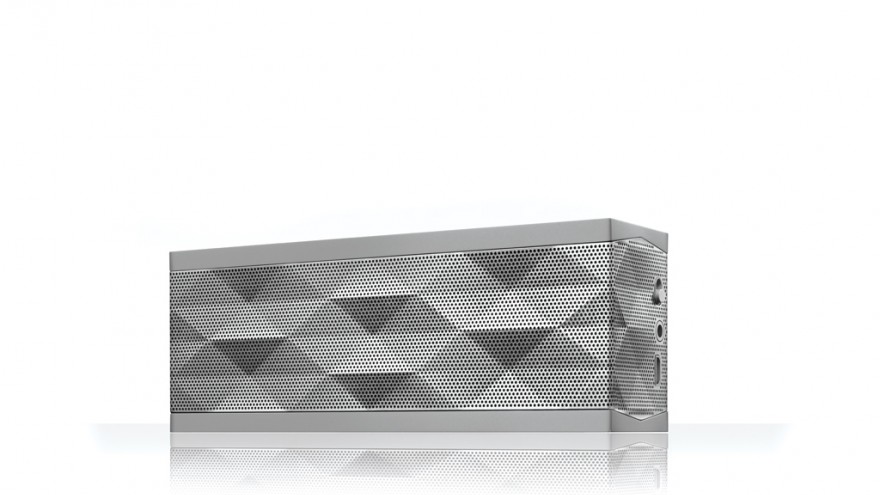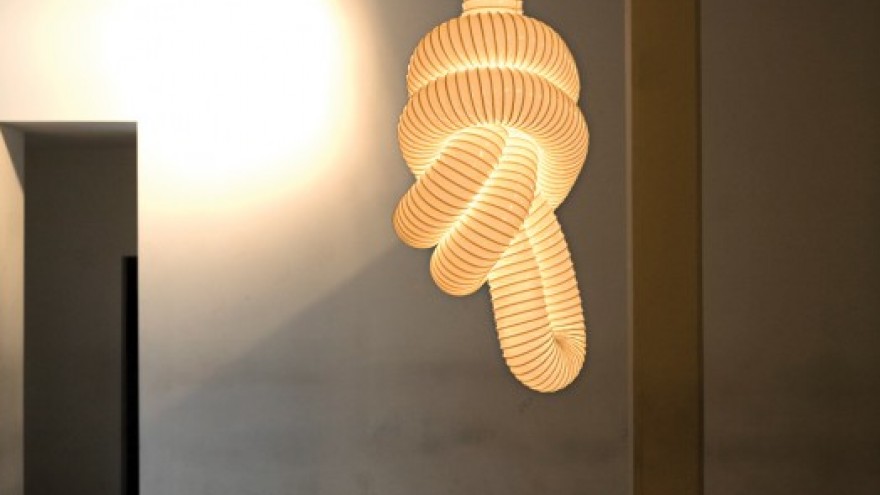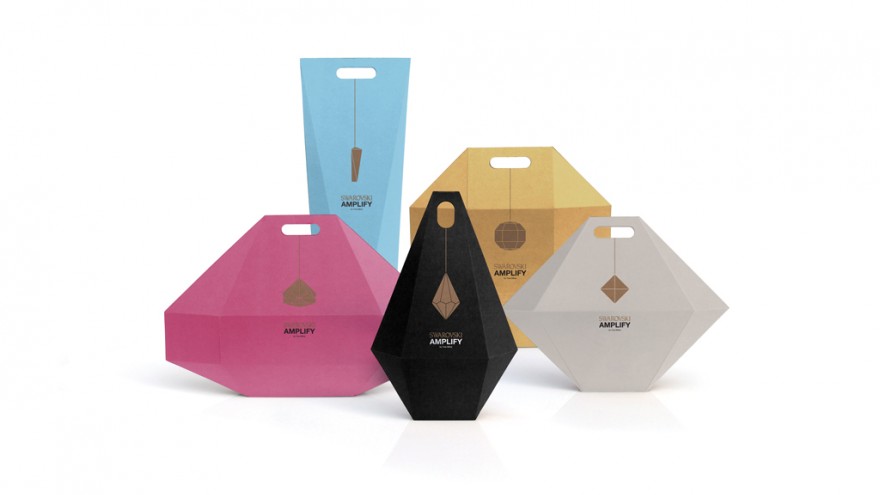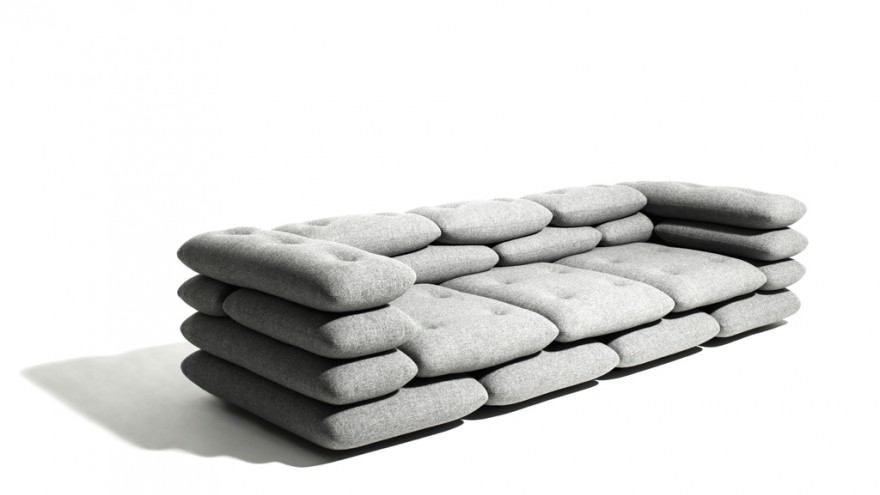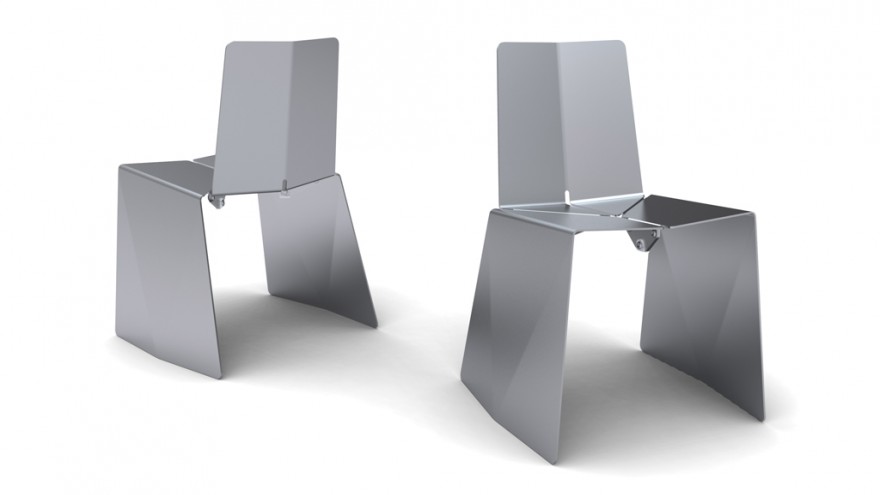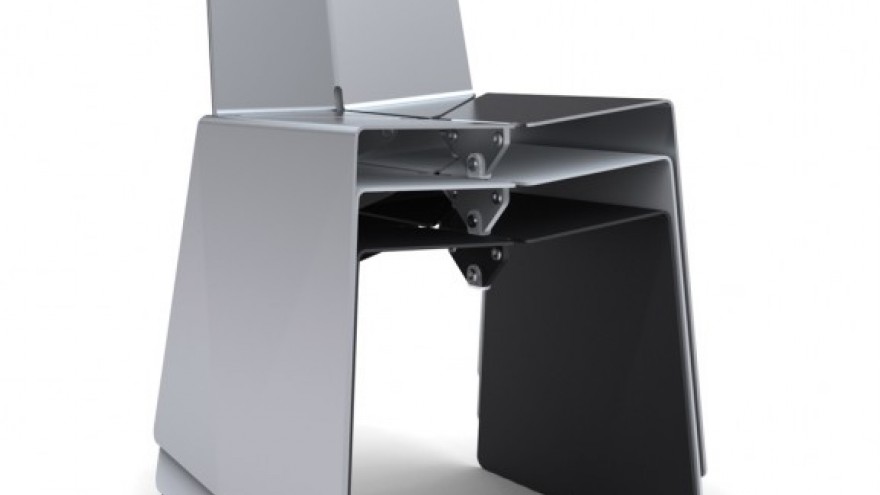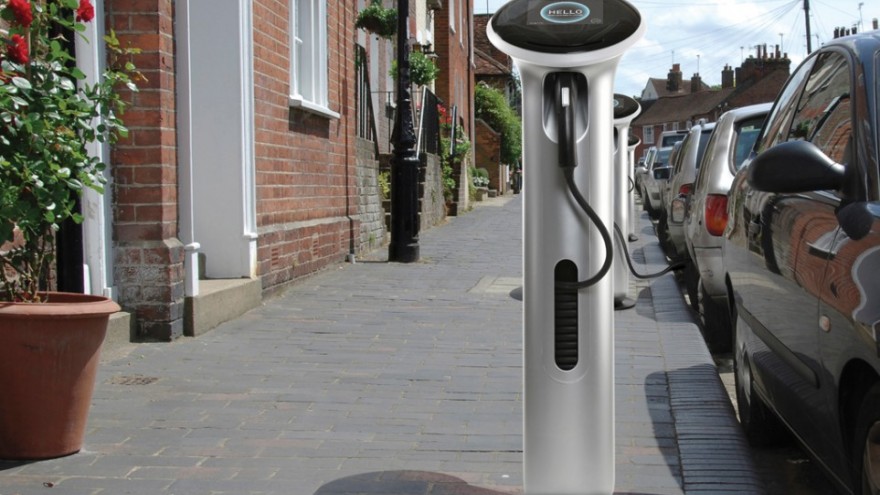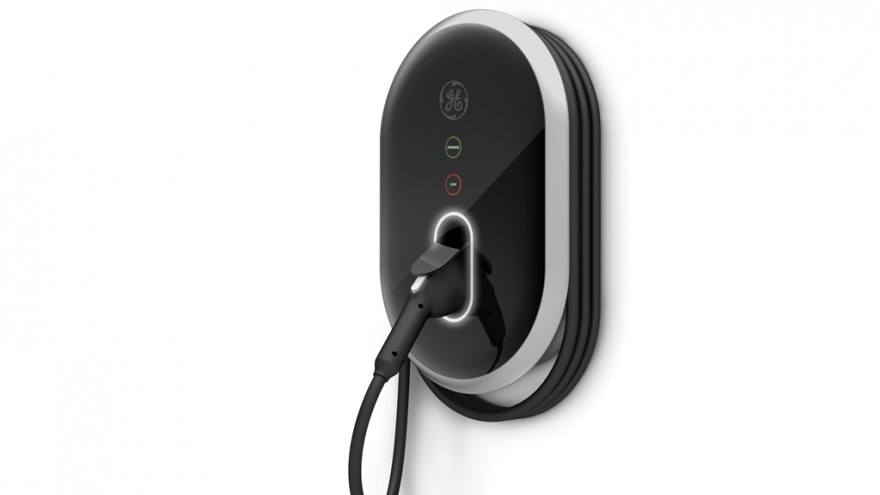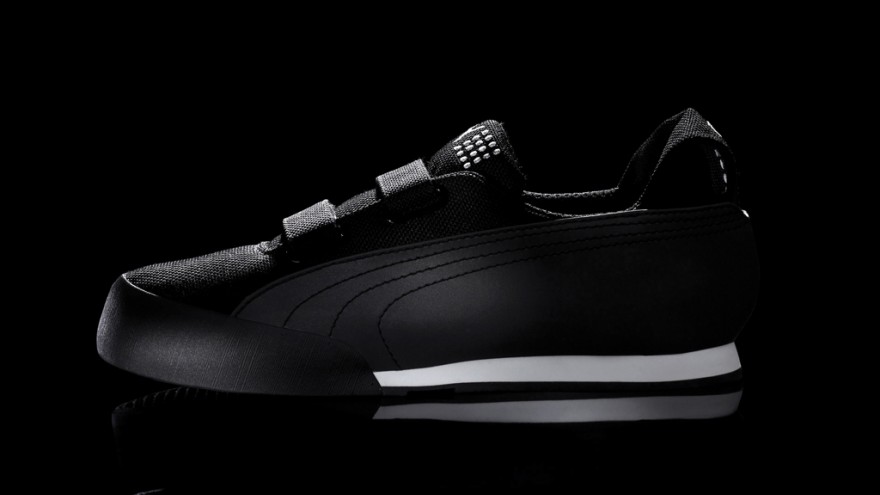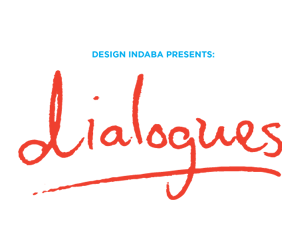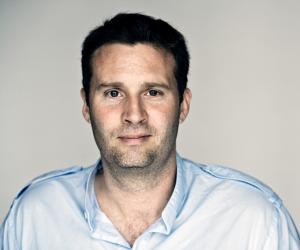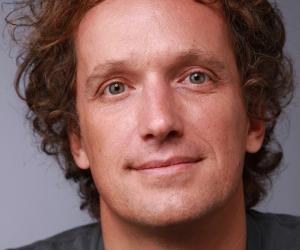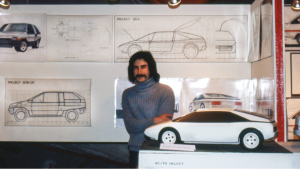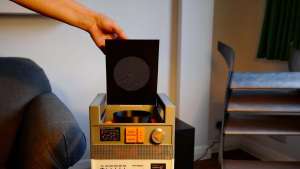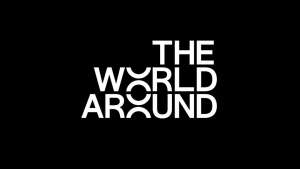Part of the Project
First Published in
Yves Béhar: How is life?
Jens Martin Skibsted: Good, good! Friday evening, I am looking forward to not doing much. Well, it is Christmas so I have to go and buy all the presents and stuff.
Yves: That time of the year.
Jens: What are you doing for Christmas?
Yves: We are going to Mexico. I have all my family from Switzerland coming. All six cousins with nephews and nieces – seven kids, my brothers, and my parents. Everybody is going to be there. It is just a beach house with nothing around it, so it should be relatively restful if it weren’t for the crazy kids. It should be fun. I can’t wait! It has been really crazy the past three or four months between the new baby, all the launches, all the projects, all the travel – it is pretty intense. So, you have interviewed me before, why don’t you start?
Jens: I interviewed you?
Yves: Yeah! For your book.
Jens: Oh yeah, that is true. Actually I do have a question. In the book, I discuss design being idea-led. Then I had a look at your website and when you define an idea, you very much define it as the brand idea. Why do you limit it to a brand idea and not just an idea?
Yves: My website may need an update! The ideas are bigger than the brand, but it does serve the brand. The idea is about how any project or any company becomes engaging to the world and is engaged with the world. If you sit down with somebody and discuss an idea like we are right now, it will keep us talking for a while. If we are just chit-chatting, we are going to get bored pretty quickly. Ideas define relationships, define dialogue, define connections. The idea is always the justification for doing anything. If not, why do we get out of bed? Without a strong idea, without a strong reason, it is pretty hard to justify doing pretty much anything.
Jens: That is a very broad definition of an idea. But while writing the book, I noticed that most designers were not necessarily idea-driven, but more shape-driven. The product is more defined by some kind of personal shape preference or what they call “DNA”.
Yves: You are completely right. What I find fascinating is that there was a method for how you would build a design career based on signature and hype. It is a very well-known principle that lived in parallel to the worlds of advertising and broadcasting. A singular simplified signature. In the 1980s and 1990s, that was the way that designers built a career, by stamping on an iconography that would be easily recognisable. Architects, fashion designers, industrial designers and graphic designers were doing it – that was how you got recognition. Now this world of advertising is crumbling. We are in a world of social media and direct relationships where everybody evaluates everything that is being said, produced and shown. Everybody is a reviewer, a blogger and a critic. It is very hard to then do that signature and advertising model of a career or practice, because people call you on your bullshit pretty quickly. Instead, it is a good time to be a creative that bases their approach on content rather than surface or form, somebody who wants to be much more engaged with the world rather than just disseminating an aesthetic dogma. It’s a much more interesting time in general, a more critical, engaging and participatory time for any type of creative practice.
Jens: Okay, but where I come from in Denmark, 91% of design studios are still sized between zero and one person, who guides it and does fancy drawings. These are usually the form-driven guys, because why would you set up a process if it is just you? The few remaining percent are big office-type design studios, which are actually much better at generating revenue. Now, if you empty out all the design museums and magazines, and put the collection on the street to measure how culturally successful the small and big companies are, then you find it is not the guys that make the buck that actually perform in terms of curatorial interest and longevity. I agree with you that we are on a threshold to something else, where it needs to be more relevant than just a fancy shape but, at the same time, fancy shapes are still the culturally dominant force.
Yves: We are just in the very early stages of understanding brands and this social revolution age that we live in. To use one statistic: 93% of people online trust peer-to-peer recommendations. If somebody bought a camera online and they said that this was great, this didn’t work and this part is okay, 93% of people would trust that information. Only 14% of people trust advertising. If you look at that, those hundreds of millions of dollars in budgets that advertising receives are erroneous in this new era. I think a lot of companies should start thinking really differently about what they are supposed to focus on and actually put the product back at the centre of their business.
Jens: The infancy part also goes for design. If you look at any creative industry such as music, art or architecture: When did they start? It is prehistoric. You cannot really say that this was the first building or that was the first piece of music. Design is very different, because you can set a pretty specific birth date as it is linked to our society being industrialised. Then, just as we’re getting started, we have the social media revolution that you are talking about, but you also have designers situated in an era in which we have to redefine what we are about. We don’t want to just be mercenaries of brands. I know you have done some pro bono work too and that can be part of reshaping what design can be about.
Yves: There are three territories that I am just starting to explore; three new promised lands that I think are fascinating. The first one is reinventing the business of design – moving design away from consulting and closer to partnerships. A stakeholder is not a short-timer. Once you are a stakeholder in something, your design goals, attitude and approach are going to be different. The second promised land is the whole notion of sustainability and how it is going to transform every industry out there. Every manufacturing process, logistic system and element of how we design and consume is going to be changed by sustainability. It is another place where we are in a complete infancy: We are just starting to think about how, as a designer, our influence goes far beyond or through the entire process in a 360-degree fashion. We are pushing that with every single one of our clients, but it is simply a different approach that everybody has to get used to. The third one is, as you said, what I call “design-for-good”, but is essentially design that focusses on assignments that have a completely different set of criteria for success, compared to a traditional commercial product. People think that it is just about doing good or having a bleeding heart of sorts, but some of it is incredibly enriching on a design level. For some of the projects that I have worked on, the criteria are so unique that what comes out at the other end is a completely different approach to a certain product category, which is actually a universal solution.
Jens: Just to address the sustainability one. I sat in a cab some time ago and the driver was talking about his Hans Wegner Y-Chairs, which he was rethreading to pass them on to his kids. For me this was fantastic, as though he was only ever borrowing the chairs from his kids. There is this interesting dialogue between how we see sustainability in Europe versus the USA where, for instance, the initiative that you are part of – cradle-to-cradle – is still feeding into the consumption loop. The consumption in itself is not an issue, it is how we consume that is an issue. Whereas in Europe one tends to ask the question: “Should we redefine how we consume?” By, for instance, not owning things but rather borrowing from your kids or sharing a car.
Yves: There are many products that need to be thought of in terms of re-use and longevity. We are going away from this notion of "build it cheaply", consume it quickly and change it often – the Ikea model. Ikea was the popstar of design in the Nineties because “Ikea brings design to everybody”, but it is also brought a lot of crap that got discarded on a very short-term basis. Consumers are now in a place where they want everything. They want good design at a good price, made in efficient ways with healthy materials, etc. We can’t think of products based on price point categories or traditional criteria like demographics anymore. Things have to hit at every level now.
Jens: The more solutions, the merrier! But if we don’t agree on how to solve some of the problems, then things that could have been green will not be green. For instance, it is really not good for the earth to mine aluminium, but once it is out, then it is actually very lightweight, easy to transport and can be reused indefinitely. If we don’t agree on having an aluminium economy where it is recycled, then we only get the negative effects of the process. We will need to have some consensus regarding some things being discarded and others kept.
Yves: You are absolutely right about the fact that it is about the performance that a material gives you and how we can be organised so that performance and that material isn’t used once and then discarded. It makes me think of all the aluminium products that we have in the food and beverage industry that tend to be thrown away. You use a lot of aluminium with your bikes?
Jens: Yes, which is why I am specifically concerned about it. I mean the bikes that I have put on the planet so far have not gone off the planet. The guys that have bought Biomega bikes still have them. A friend of mine has a bike that is now 12 years old and he is still riding with it. They are so expensive that you will not discard them unless you are really forced to. Do you know that KiBiSi will be opening offices in New York too?
Yves: Ah great, congratulations! What is the idea behind the office in New York? Do you have some big clients out here or is it the chicken and egg process?
Jens: The thing is that Bjarke Ingels of BIG is one part of KiBiSi and BIG is opening an office there. We will share it, like you are doing with David Adjaye and your New York office.
Yves: Are you going to spend much time in New York?
Jens: I don’t think so. Of course, I will have to spend more than I do now. When we discussed sharing the apartment initially, I thought I would have quite a significant part of my life in New York, but now I am getting married to this Zimbabwean girl.
Yves: When are you getting married?
Jens: Well, first I am having this lobola, which is basically paying the dowry and how you get married in a lot of Southern African countries. That is happening in Zimbabwe with her family in a few days – just after Christmas. Then in Denmark there will be a proper wedding where you will also get an invite.
Yves: Alright, I am putting it down in my diary right now. Yeah! Wow! Congratulations!
Jens: Thank you, thank you.
Yves: I am happy for you. Well, I will let you go then. Have a good holiday and let me know how it goes in Zimbabwe.
Jens: Will let you know. Okay.
Yves: Alright. See you buddy.

